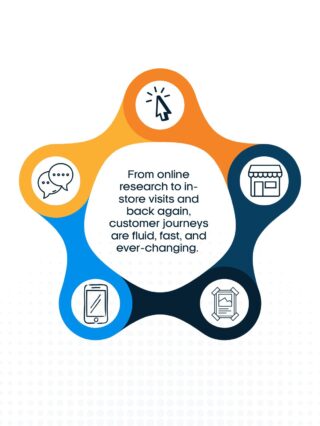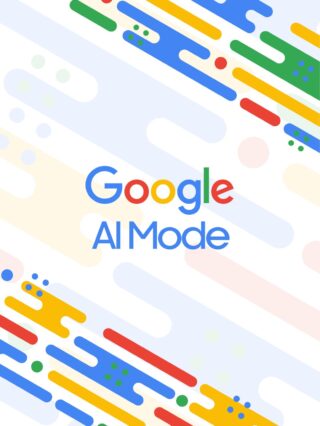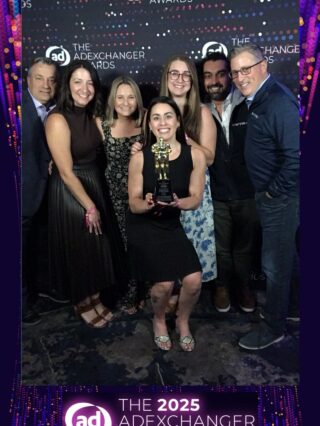Apple’s major updates to iOS 14 could roll out any minute now and Facebook has very publicly expressed their concerns regarding the, “…hard-hitting implications across targeting, optimization, and measuring campaign effectiveness for businesses that advertise on mobile devices and across the web.” In a webinar last week, Facebook staff discussed their move to iOS 14 compliance, iOS 14 impacts on advertisers, as well as steps advertisers can take to be prepared for the changes.
What is the iOS 14 update?
There are two major changes app developers must comply with when the update rolls out. Firstly, developers must be completely transparent about an app’s privacy practices, including any third-party partners whose code is integrated into the app. The second change is the introduction of the AppTrackingTransparency (ATT) framework, which requires users to grant apps permission to track them across third-party apps and websites. While privacy changes are not surprising given the evolving digital ads ecosystem, Facebook has major concerns about how they will negatively impact targeting, optimizing, and measurement abilities.
Facebook’s Response to the updates:
Facebook’s response explained that the changes could hurt advertisers, specifically small businesses, who rely on user data to optimize campaigns and provide personalized ads to users. They believe the changes will only benefit Apple, while hurting other businesses’ ability to provide personalized advertising. Facebook concluded, “We believe that personalized ads and user privacy can coexist.”
What does this mean for advertisers?
The full impact remains to be seen until implementation is complete, however, there are a few impacts Facebook has outlined that developers and advertisers can start thinking about now. The information below is specific to advertisers using pixels on their website for tracking and measurement. Information for app developers and impacts to the SDK can be found on Facebook for Developers.
-
Advertisers will be limited to eight conversion events per domain. Currently, advertisers may use up to 700 conversion events on a domain, depending on the number of pixels placed on the domain. Often, these custom conversions are used to create specific targeting and optimization strategies for highly personalized ads. Reducing the conversion events to eight presents a major challenge to advertisers who now must prioritize events and plan to only receive partial conversion data.
-
Targeting and delivery. Attribution windows are changing to seven-day click-through only, for all conversions. Currently, advertisers can use view-through data to attribute conversions to campaigns. Advertisers will need to prepare for changes in performance and new optimization tactics.
-
Measurement and reporting. 28-day click-through, 28-day view-through, and seven-day view-through attributions will no longer be available for reporting. This could have a significant measurement impact because many conversions are latent and longer attribution windows are necessary to accurately attribute conversions to a Facebook campaign. In addition, delivery and action breakdowns will no longer be supported for offsite conversions, including, age, gender, and region.
How can advertisers prepare?
With these changes imminent, below are some tangible steps advertisers using website pixels can take now to prepare for the iOS 14 update.
-
Verify business domain in Facebook Business Manager. This is a way to claim ownership of a domain in Business Manager. This ownership allows control for editing privileges of your links and other content to prevent misuse of a domain.
-
Prepare to operate and define the priority of a maximum of eight pixel events per domain. Review current conversion events and pixel settings and create an action plan to prioritize events to best suit advertising and measurement needs.
-
Anticipate changes to attribution windows and update automated rules if necessary. Begin reviewing historical data using new attribution windows to develop new or updated reporting to accurately reflect the change in conversion data.
-
Identify campaign optimization strategies that may require testing, such as alternative audience options or different bidding strategies. These strategies could include audience options such as using “Detailed Targeting Expansion” or bid strategies testing lowest cost conversion v.s. minimum ROAS to find efficiency.
-
Pull breakdown data now. It is unknown if historical user-level data will continue to be available after the update goes live. While it is still available, take advantage of the breakdowns for age, gender, region, country, etc., or whatever breakdowns are important to your advertising strategy.
-
Prioritize implementing Facebook’s Conversion API. This is a server-side API that sends Facebook conversion data to tie back to users’ ad interactions. The API works with the Facebook pixel to improve performance and measurement of ad campaigns. A developer team is recommended to implement this strategy.
The updates made to iOS 14 fall in line with industry-wide privacy changes (such as a cookie-less world). Preparing for these changes, developing alternative strategies and tactics, as well as implementing the Conversion API, will give you a significant leg up to ensure campaigns continue to run with the least amount of disruption.





